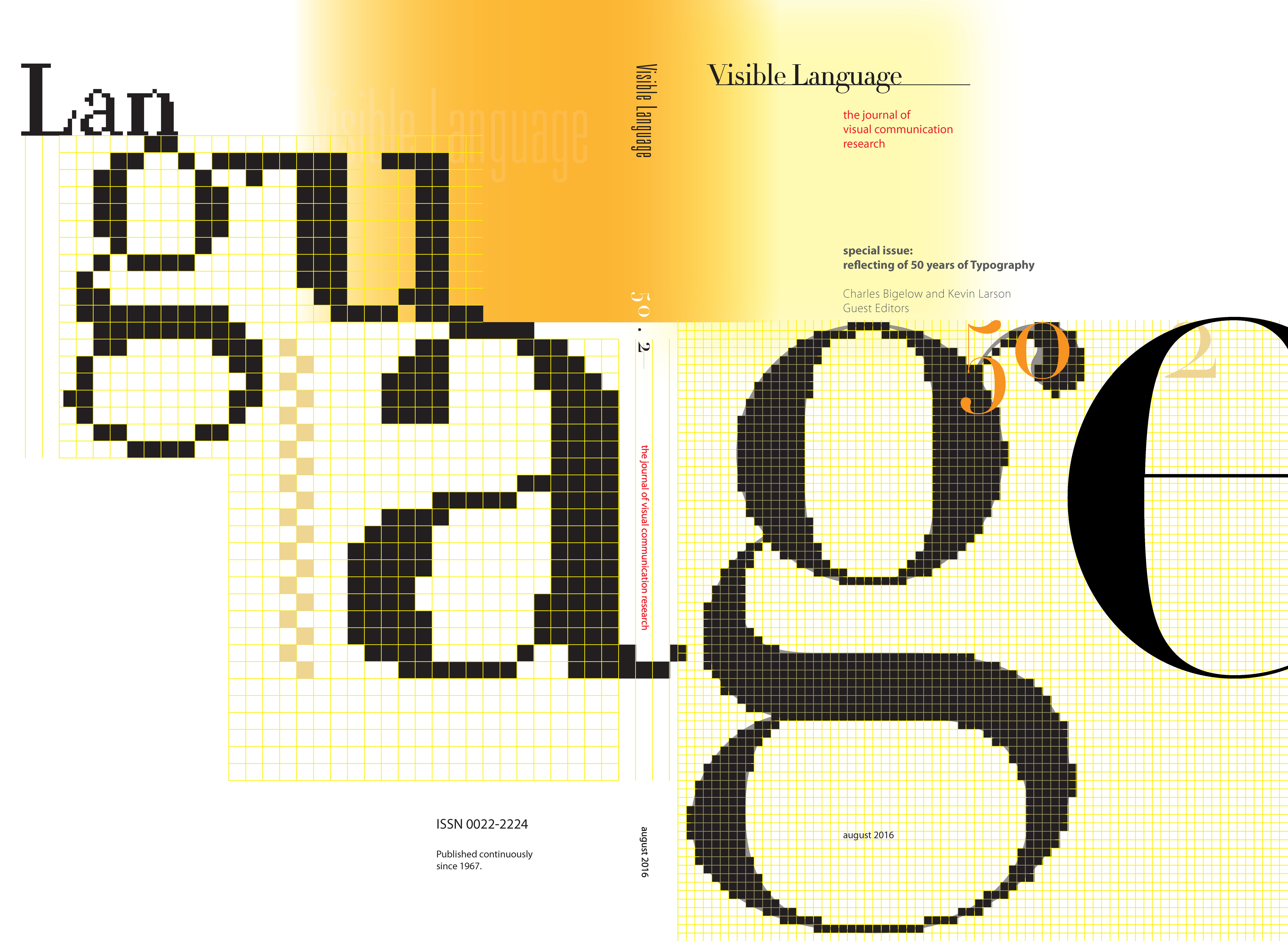Reading Digital with Low Vision
Abstract
Reading difficulty is a major consequence of vision loss for more than four million Americans with low vision. Difficulty in accessing print imposes obstacles to education, employment, social interaction and recreation. In recent years, research in vision science has made major strides in understanding the impact of low vision on reading, and the dependence of reading performance on text properties. The ongoing transition to the production and distribution of digital documents brings about new opportunities for people with visual impairment. Digital documents on computers and mobile devices permit customization of print size, spacing, font style, contrast polarity and page layout to optimize reading displays for people with low vision. As a result, we now have unprecedented opportunities to adapt text format to meet the needs of visually impaired readers.Downloads
Published
2016-08-01
Issue
Section
Journal Article

